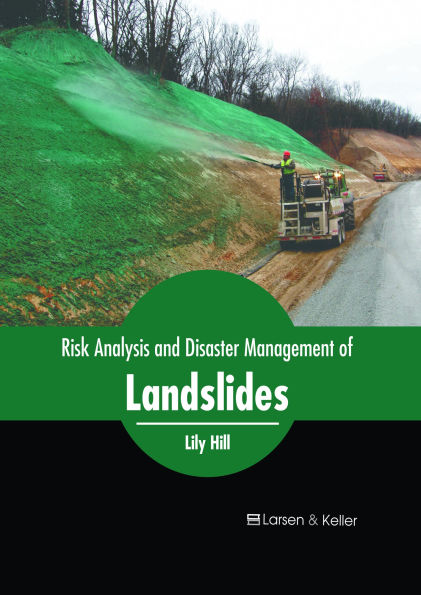Risk Analysis and Disaster Management of Landslides
Landslides are natural disasters where large amounts of soil, rock and debris move rapidly down a slope. They can occur suddenly due to heavy rainfall, earthquakes, volcanic eruptions or human activities that disturb the natural stability of slopes. Landslides vary in size and speed, ranging from slow-moving flows to rapid avalanches of debris that can cause significant damage. The factors contributing to landslides include steep slopes, weak rock or soil layers and erosion. Climate change and deforestation add to landslide risks by altering precipitation patterns and reducing vegetation that stabilizes slopes. Reducing landslide risks involves assessing vulnerable areas, avoiding construction in high-risk zones, stabilizing slopes through engineering measures and early warning systems to alert communities. Understanding landslide dynamics and implementing preventive measures are crucial for reducing their impact on human lives and infrastructure in landslide-prone regions worldwide. The topics included in this book on landslides are of utmost significance and bound to provide incredible insights to readers. Most of the topics introduced in this book cover new techniques and the applications of disaster management. It will serve as a valuable source of reference for those interested in this field.
1147807619
Risk Analysis and Disaster Management of Landslides
Landslides are natural disasters where large amounts of soil, rock and debris move rapidly down a slope. They can occur suddenly due to heavy rainfall, earthquakes, volcanic eruptions or human activities that disturb the natural stability of slopes. Landslides vary in size and speed, ranging from slow-moving flows to rapid avalanches of debris that can cause significant damage. The factors contributing to landslides include steep slopes, weak rock or soil layers and erosion. Climate change and deforestation add to landslide risks by altering precipitation patterns and reducing vegetation that stabilizes slopes. Reducing landslide risks involves assessing vulnerable areas, avoiding construction in high-risk zones, stabilizing slopes through engineering measures and early warning systems to alert communities. Understanding landslide dynamics and implementing preventive measures are crucial for reducing their impact on human lives and infrastructure in landslide-prone regions worldwide. The topics included in this book on landslides are of utmost significance and bound to provide incredible insights to readers. Most of the topics introduced in this book cover new techniques and the applications of disaster management. It will serve as a valuable source of reference for those interested in this field.
160.0
Pre Order
5
1

Risk Analysis and Disaster Management of Landslides
466
Risk Analysis and Disaster Management of Landslides
466Hardcover
$160.00
160.0
Pre Order

Product Details
| ISBN-13: | 9798888365199 |
|---|---|
| Publisher: | Larsen and Keller Education |
| Publication date: | 08/25/2025 |
| Pages: | 466 |
| Product dimensions: | 8.50(w) x 11.00(h) x 0.00(d) |
From the B&N Reads Blog
